This Week in History recalls memorable and decisive events and personalities of the past.
4th October 1993 – Battle of Mogadishu
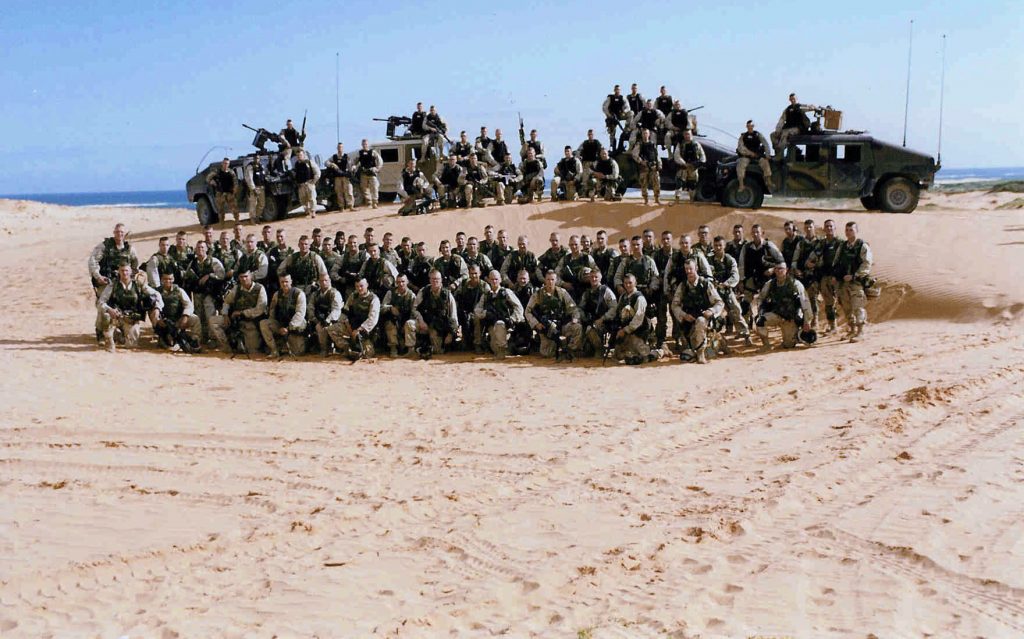
In 1991 a coalition of rebels who had been fighting since 1986 managed to overthrow the Marxist dictator of Somalia, who fled the country, essentially leaving a power vacuum. The disunity of the rebels and growing inter-clan tensions led to the outbreak of a complex and destructive civil war in Somalia as the central government collapsed and warlords fought for control of the ruins that remained.
The chaos and growing humanitarian crisis prompted a response by the United Nations, which in April 1992 deployed the UN Operation in Somalia I, an effort to monitor a UN-supported ceasefire and distribute humanitarian aid to the population.
The operation saw the deployment of troops from many countries, most notably the United States, Pakistan and Malaysia, to protect aid operations and try to restore order.
The operation struggled to make any headway, as the growing chaos meant there was no one to properly negotiate with, and attacks on aid workers were common. Roving armed bands would extort and steal food and medical supplies. In November 1992 one of the more powerful warlords called Mohamed Farrah Aidid demanded the withdrawal of all UN peacekeepers from Somalia and began attacking UN troops.
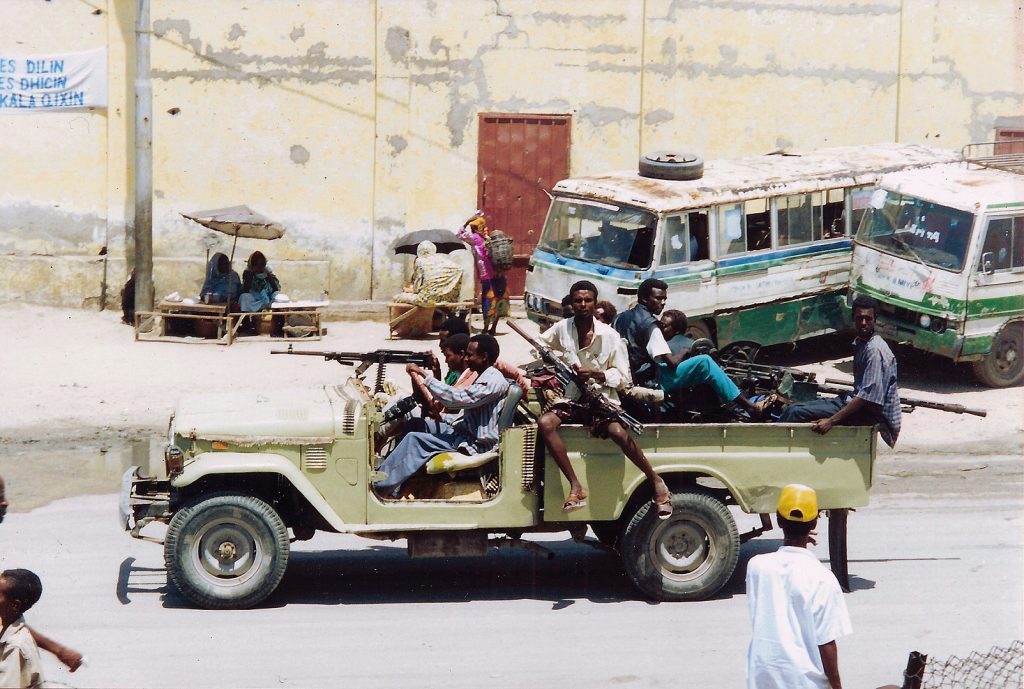
On 3 December 1992, with growing attacks on its forces, the UN Security Council passed Resolution 794 unanimously with instructions to UN troops to create a ‘secure environment for humanitarian relief operations in Somalia’.
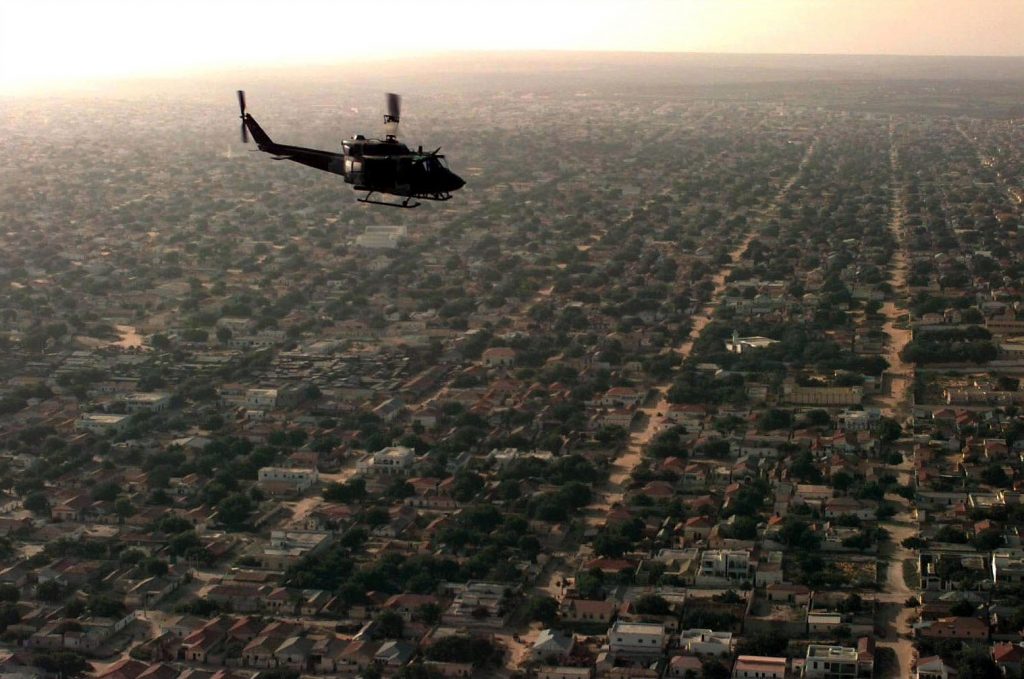
This saw a large intervention force of 37 000 troops (25 000 of whom were American) entering the country. Apart from protecting aid workers and attempting to enforce a ceasefire, the intervention force also attempted to establish a central police force to keep law and order.
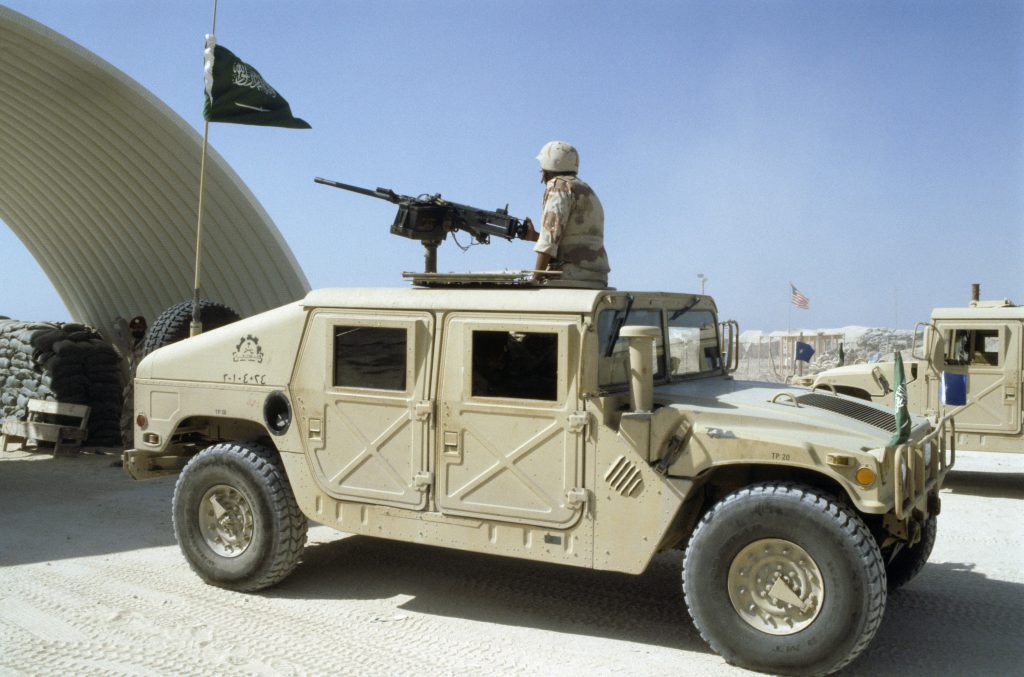
Within a year UN forces were looking to apprehend warlords who were leading attacks on UN troops in Somalia and so launched Operation Gothic Serpent on 22 August 1993, the prime target of which was warlord Mohamed Farrah Aidid.
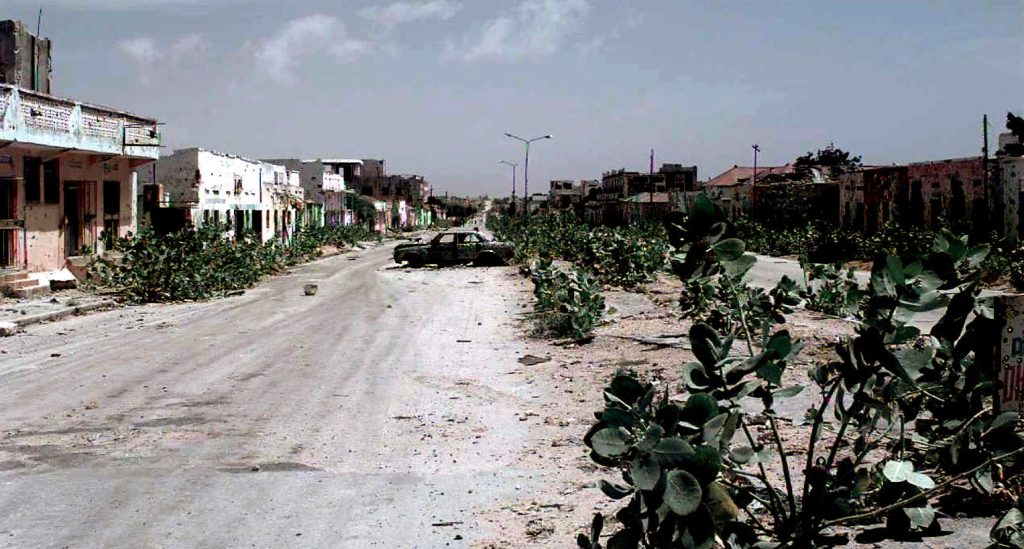
On 3 October 1993, the UN troops led by American forces heard that two of Aidid’s senior lieutenants were hiding in the ‘Black Sea’ neighborhood in the Somali capital of Mogadishu. Nineteen aircraft, 12 vehicles and 160 troops were sent out to try and apprehend them just before 2pm.
The American troops quickly captured the targets, entering the building they were in via ropes suspended from helicopters hovering above. Once they had captured their targets, they were to wait until a group of Humvees arrived to take them and the prisoners back to base.
The Humvees were delayed by numerous blockades erected by Aidid’s troops and, as the afternoon progressed, the Somali militia forces grew in number and began attacking US forces more aggressively. Under heavy attack, the convoy evacuated the prisoners and the American wounded and returned to base.
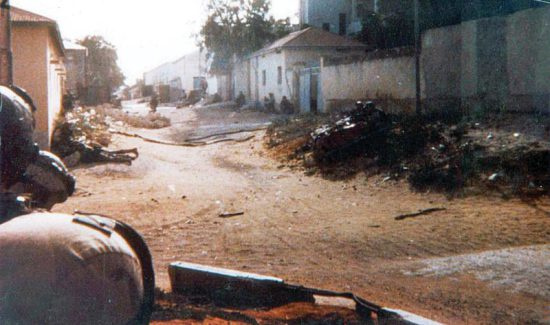
However, later in the afternoon, the Somali militia shot down a Black Hawk helicopter with an RPG, killing the pilots and wounding two other men on board.
The following is surveillance footage of the Battle of Mogadishu showing shoot-down of 101st Airborne Division Black Hawk [https://en.wikipedia.org/wiki/File:Battle_of_Mogadishu_Surveillance_Footage]
What followed was an intense firefight as American troops rushed to the crash site to rescue the wounded and trapped soldiers. Twenty minutes after the first helicopter went down, a second Black Hawk was shot down. With the situation rapidly deteriorating, and nigh approaching, reinforcements of American, Pakistani and Malaysian troops were sent in to assist in the evacuation. However, in an attempt to avoid running into more trouble they waited until they had amassed enough troops, and did not deploy until late into the night. In the end a force of 3 000 troops in a convoy of trucks, Humvees, armored cars and tanks went in to rescue the trapped troops.
During this time small groups of American forces with support from helicopters overhead fought to defend the crash sites while awaiting extraction.
The UN extraction force arrived at the first crash site at 2am, and evacuated the troops there. However, the second crash site had been overrun by Somali forces and was lost.

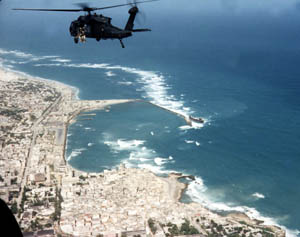
By 6.30am the next morning, the UN forces had withdrawn from the battle zone with all survivors (except one American who was taken prisoner) evacuated.
The battle saw 19 Americans killed, as well as one Malaysian and one Pakistani on the UN side, while the number of Somali casualties is unknown but estimated at anywhere between 300 and 2 000.
The battle heralded a drawing back of US forces from engaging in any offensive operations in Somalia and would ultimately contribute to the collapse of the UN in the country in 1995.
Strangely, Mohamed Farrah Aidid’s son, Hussein Farrah Aidid, was serving in the US armed forces at the time of the Battle of Mogadishu as a corporal in the Marine Corps. Having served in the Gulf War he was deployed to Somalia, as he was the only US Marine who spoke Somali at the time. He was not involved in the battle, and left the Marines in 1995.
After his father’s death in 1996, Hussein was selected as the new leader of his father’s clan and he returned to Somalia to lead them. His faction declared him President of Somalia. He gave up this claim during a peace treaty in 1997 and would serve in the Somali government from 2005 to 2008.
If you like what you have just read, support the Daily Friend

